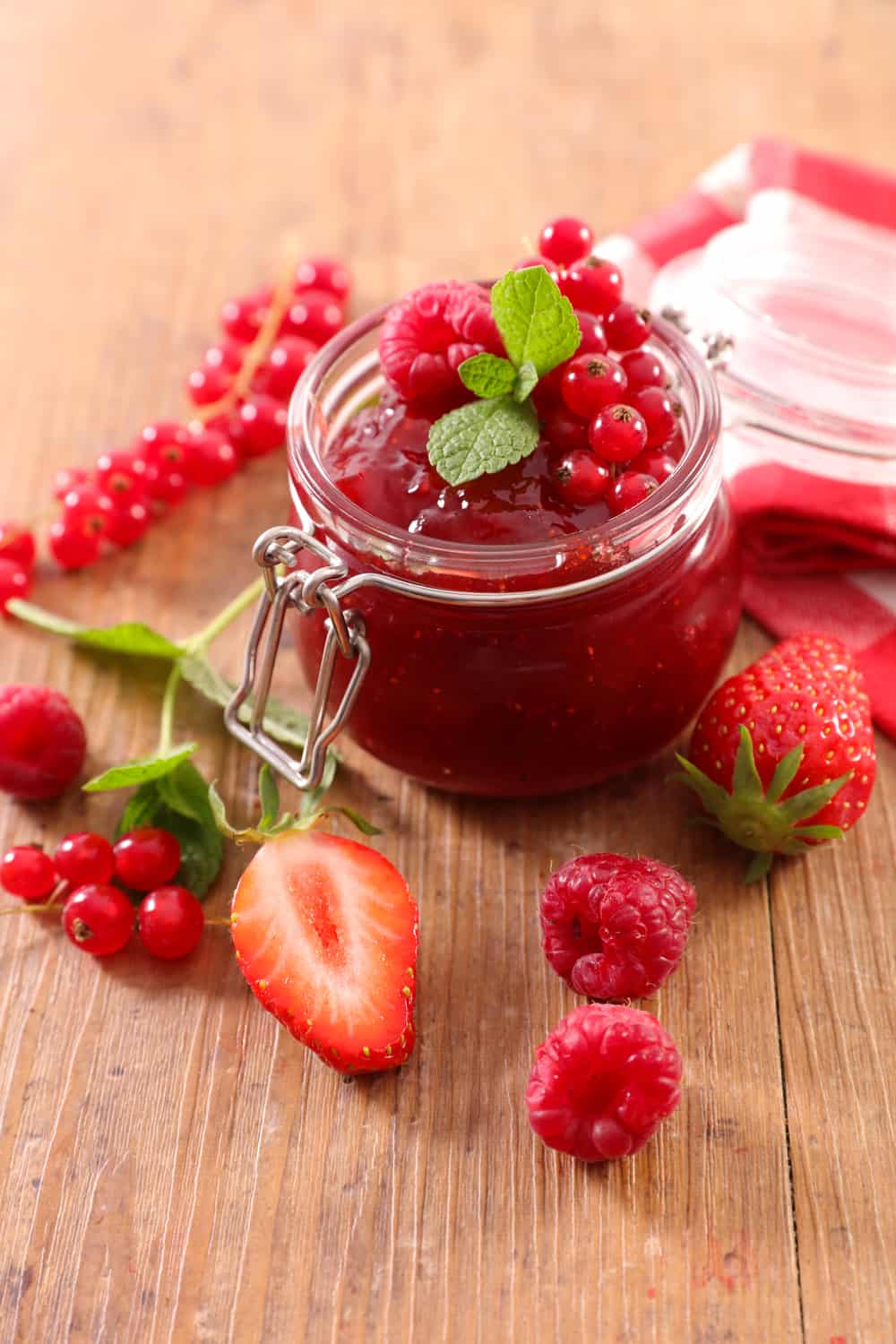
Do you like jam on your bread? You’re in the right place. Jam is made of fruits heated with water and sugar, and as we all know, fruits do not last forever. Thus, the jam will definitely expire after some time.
However, preserves like jam and jelly last for quite a good time if kept unopened. In this article, we will deeply highlight all the aspects of jam expiry and storage trends.
Table of Contents
Does Jam Go Bad?
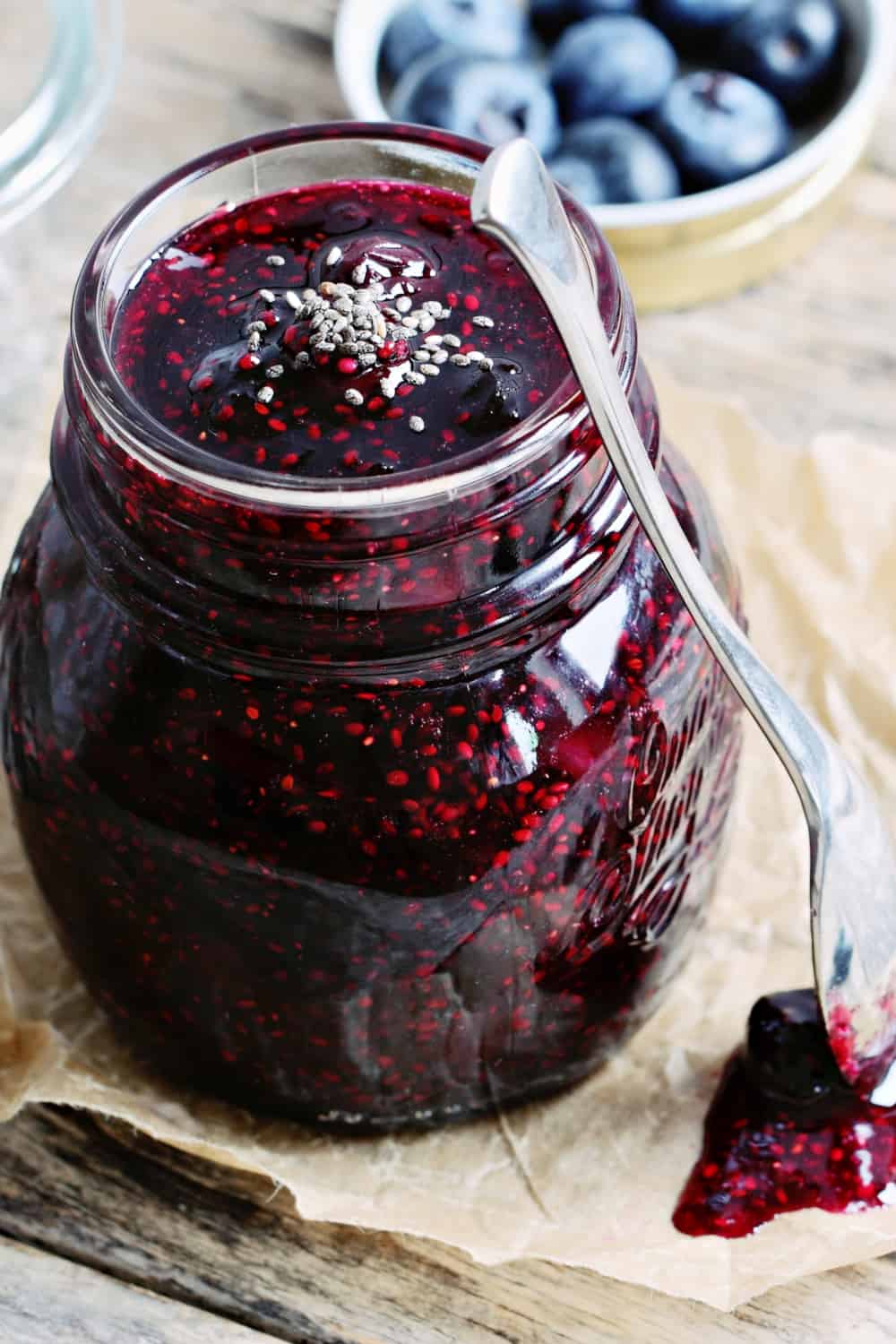
I bet most of you have come across old products while cleaning the pantry that leaves you excited. Relax, that is pretty normal, especially if it is those products that we rarely use. One such product is fruit jam. It is more likely that you could have purchased the jam some years ago and forgot it in the pantry.
The most common concern that pops up is whether the jam is still safe for consumption. Most companies set the ‘best before’ date at 12 months when stored under typical conditions at room temperature. However, after 12 months, the jam will still be fit for consumption.
How Long Does Jam Last?
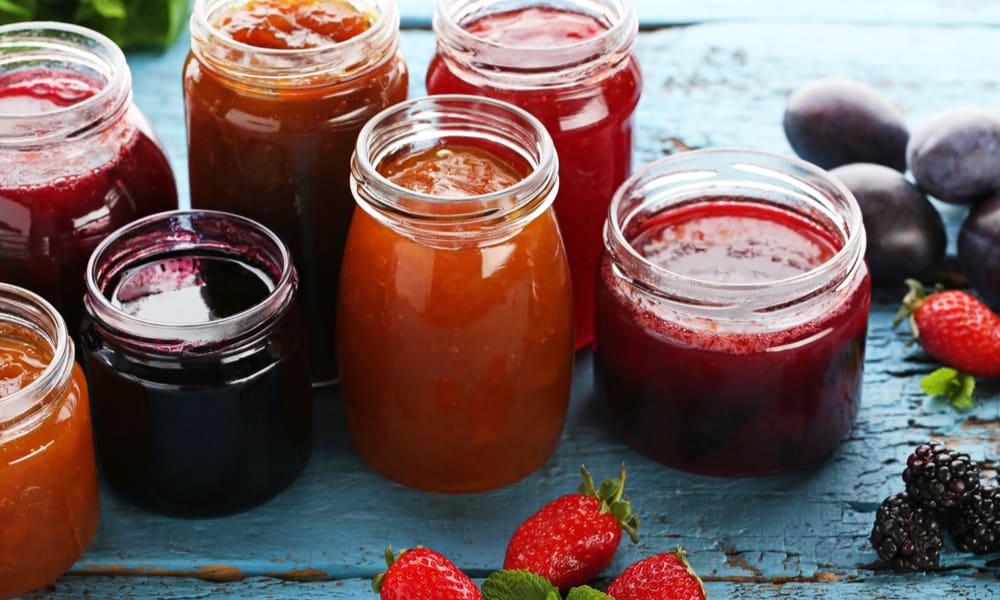
Most jams last for a period of between 6-12 months before reaching the ‘best before’ date tagged on the package. However, this date is just an estimated period and does not necessarily mean that the jam has expired.
Actually, it is the period that the manufacturers believe that the jam will give its best service. However, depending on the jam’s storage, it can stay fresh for another year or more after its expiration. Also, the durability of jam depends on the amount of sugar available in the product. The more sugar in a jam, the more it stays fresh for long.
Nevertheless, jams and preserves are basically similar, except that most preserves are made with a 50/50 share of sugar and fruit. Also, the period that jam stays fresh depends on whether it is opened or stored in its original package. The opened jam will last for six months in the freezer while it stays fresh for three months in the fridge.
| Product | Pantry ( when unopened) |
Refrigerator (when opened) |
|
Low sugar jam |
Up to 12 months | 6-9 months |
| Homemade jam | 1-2 years |
Up to 1 year |
|
Sugar-free jam |
Up to 9 months | 6-9 months |
| Smucker’s fruit jam | 6-9 months |
Up to 9 months |
3 Tips to Tell If Jam Has Gone Bad
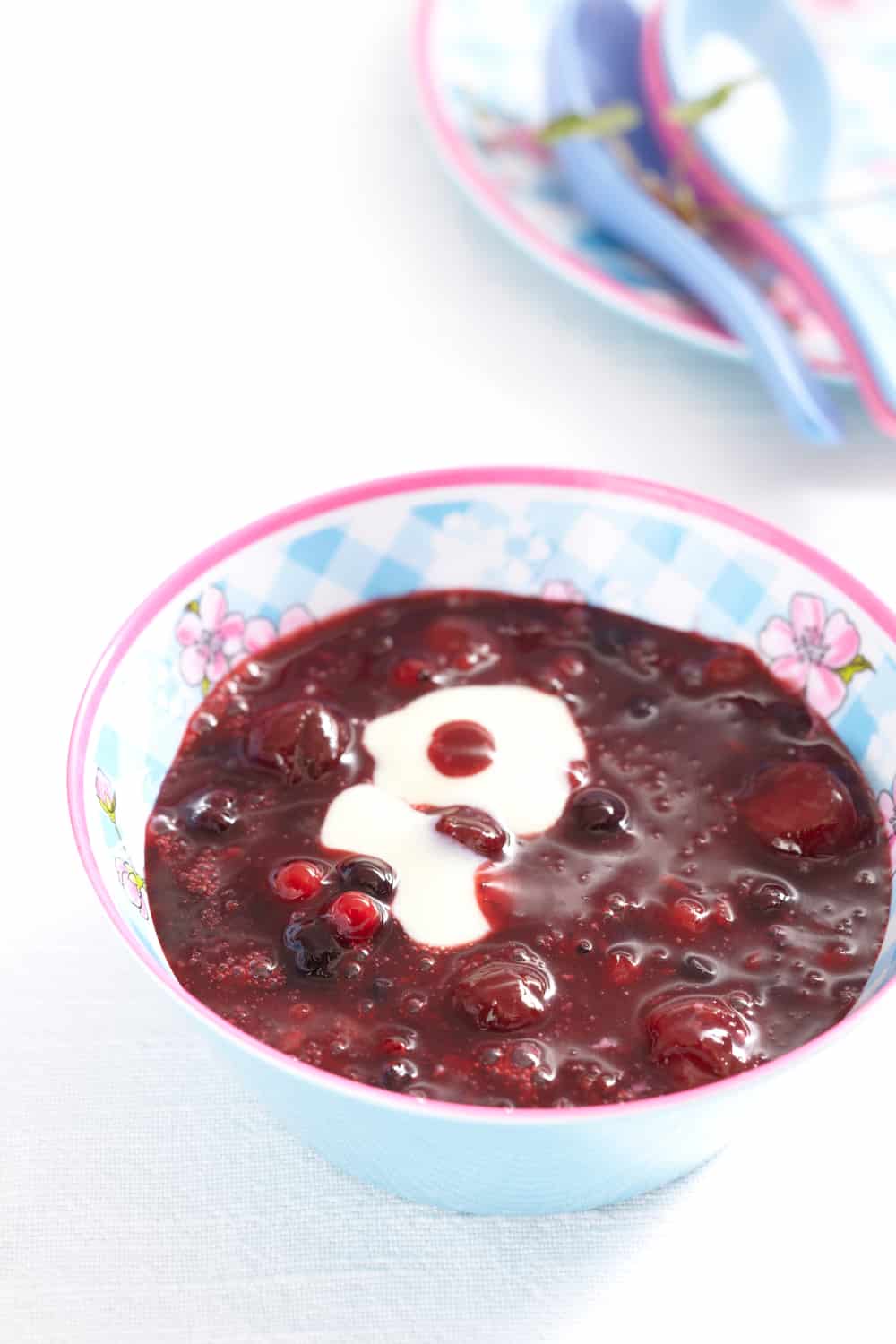
There are several ways to tell if the jam has gone bad. When it goes bad, it exhibits signs that are more or less very visible. We always advise you that whenever you see the signs we will highlight below on your jam; you should discard it with immediate effect.
-
Mold and yeast growth
The first sign to tell if your jam has expired is mold or yeast growth. Mold growing on jam is very visible as it has a different color from the jam. Similarly, yeast will also be pretty noticeable in a jam.
These two agents are quite harmful and could spoil the taste of your jam and cause foodborne infections. Whenever you notice that your jam has grown moldy, the best action to take would be discarding it rather than getting rid of the mold. After all, there are elements of the mold that will remain in a jam.
-
Change in smell
Also, if the jam has changed its smell to something fermented like yeast or alcohol, it could indicate spoilage. Fresh jam has a sweet scent that is appealing. It is important to note that a change of sealed jam in color does not necessarily denote spoilage. On many occasions, the light colored jam will assume a dark shade over time. The color change could cause alarm and leave you worrying if the jam has expired.
However, the color change is often caused by the lack of preservatives in the jam or less sugar. Besides, the color change may be accompanied by a slight change in taste. All these should not worry you as it is nature taking its course.
-
Organic growth
Also, organic growths on the jam could be an indication that the jam has spoiled. Consuming expired jam might be pretty harmful to your health and could cause you stomach-related complications. Whether the jam is opened or still sealed, it can go bad. However, an open jam is more prone to spoilage compared to one sealed in its original package.
3 Tips to Store Jam
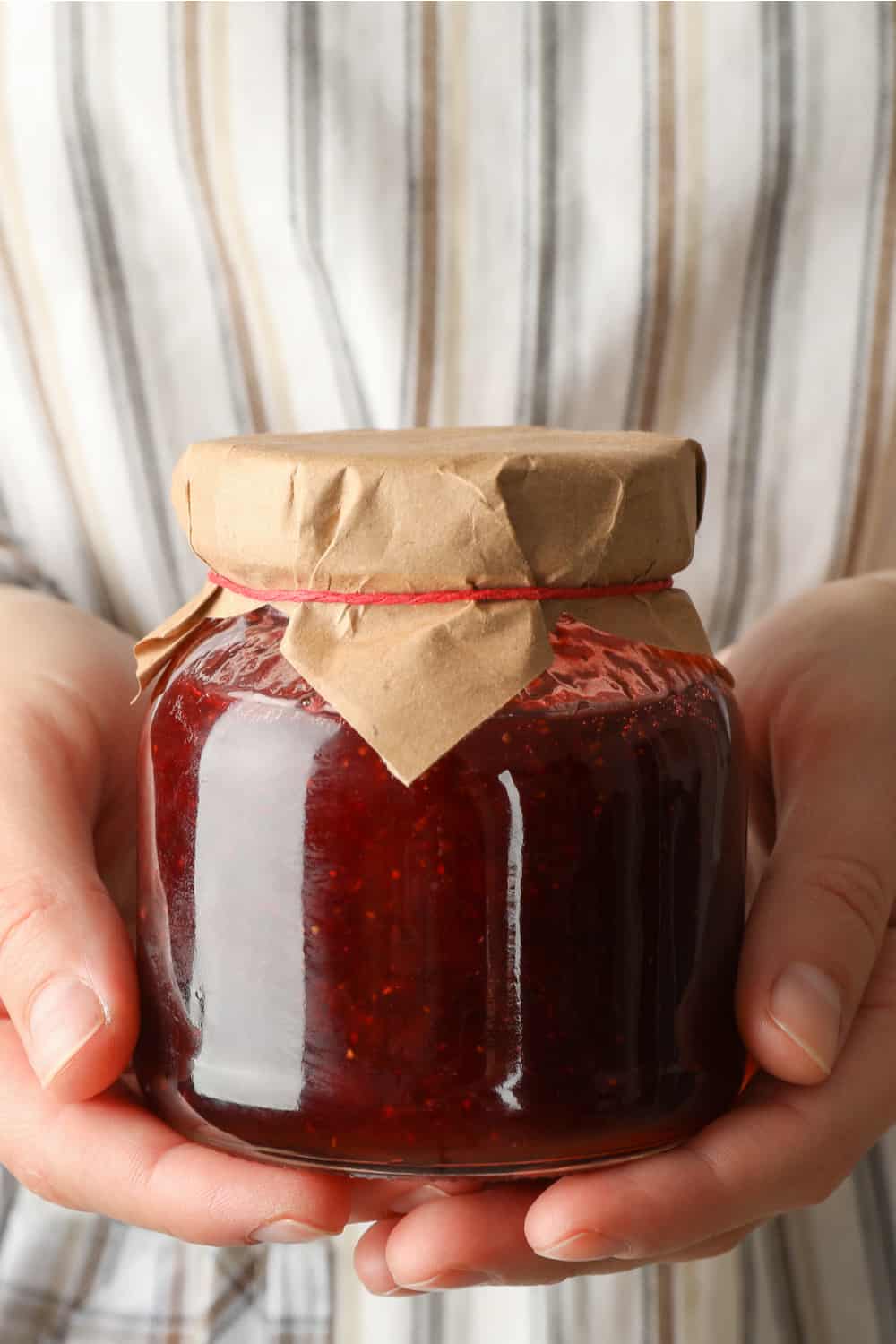
The way you store your jam determines how long it will stay fresh and safe for consumption. There are several ways to store your jam and boost its shelf life. Some of the most common ways include:
-
Storing in the pantry
Keeping the jam in the pantry at room temperature is a safe way of boosting its shelf life. It would be best to place the jam in a cool and dry place away from direct sunlight and severe heat sources.
However, jam stored in the pantry should be used within the first twelve months of storage, if after all, you are to get a good service. Also, the jar should be kept sealed all through the storage period. Once opened, it should be kept in the refrigerator and used within one month.
However, this storage method does not guarantee that the jam will always be at its best at the end of the storage period. Whenever you notice mold and other organic growth in the jam, we advise you to discard it. The pantry could have insects and pests that find their way into the package to spoil the jam.
More importantly, you should ensure that the jars you use to store your jam are excellently sterilized before using them. This is meant to eliminate the germs that could easily hasten the spoilage of the jam. To achieve the standard sterilization, you should the jars in warm soapy water, rinse, and dry them with a clean towel. Next, put the jars in an oven at 140c for about ten minutes to eliminate all the traces of germs in the jar.
If you are using a spoon to transfer the jam into the jars, you should also ensure it is very clean and sterilized. Further, to reduce the jam’s exposure to air, you should use special wax discs on the surface of the jam before sealing it. Alternatively, you can pour a thin layer of an alcoholic spirit like whisky on the jam surface to reduce spoilage chances.
-
Using Campden tablets
Though an old storage trick, it perfectly boosts the shelf life of jam and reduces the risk of developing molds. Campden tablets are made of sodium metabisulphite and are commonly used in winemaking for killing bacteria and inhibiting the fermentation of sugars by yeast.
Though it is a perfect method to keep away bacteria and molds from growing in your jam, it has some shortcomings. First, it could affect the jam’s flavor since it has to be put inside the jam. Also, the tablets are very concentrated and normally with large volumes of water in wine factories. Thus, even a small piece would be relatively too strong for a jam jar.
-
Freezing
Freezing is the best and most accepted method of storing fruit jam. Some fruit components in most jam brands expire quickly and could contribute to the whole jam package’s spoilage. Thus, freezing comes in handy to extend the shelf life of the jam components. Interestingly, frozen jam can stay fresh for over 12 months.
The Risk of Consuming Expired Jam
There are many risks associated with consuming expired jam. The molds and organic elements in a jam could be harmful to your health. Though not all molds are harmful, some produce toxins harmful to your health.
Some molds are used in the manufacture of cheese and are delicious and harmless. However, you should avoid mold that is not intentionally added to your food by experts. According to experts, visible mold is only part of a larger developing organism that makes a home inside your jam.
Whenever the white mold fuzzy starts developing on the surface, it is an indication that the mold has grown root threads deep into the jam below. The roots aren’t apparent all the time, though they can contain some dangerous toxic compounds harmful to the body cells.
Also, the jam is prone to hosting poisonous mold agents known as mycotoxins. The fruit components in a jam host these agents. If the molds are ingested, they are likely to cause gastrointestinal complications and vomiting in the short term.
Additionally, the mold may lead to kidney and liver damage in the long term, increasing your risk of contracting cancer. Due to these risks, we strongly urge you always to discard any molded jam.
Can You Freeze Jam?
Yes, you can freeze jam instead of canning it to improve its shelf life. Freezing enhances the color and flavor of the jam compared to canning. Freezing jam is vital for jam made of seasonal and quick expiring fruits. When properly frozen, jam stays fresh for up to twelve months.
However, it is recommended that you consume the jam within the first six months of freezing to get the best value. Besides, when the jam is kept in the freezer for a longer time, it starts losing its intensity and character. Additionally, the consistency turns watery and loses its good appearance, which could turn off most people.
Freezing jam in the best way is a straightforward task. You should put the jam in a thick, sturdy glass jar or a rigid freezer-safe plastic container. However, the plastic container should be sturdy enough to withstand the freezer’s high moisture and humidity. Further, you should cool the spread at room temperature for homemade jams before transferring it to the glass jar.
When filling the glass jar with jam, you should leave some space about an inch from the top to allow expansion. As the jam freezes, it expands and may spill out of the jar if it is overfilled. Further, the container should be sealed with an airtight lid before sticking the jar in the freezer.
Summary
Jam is quite a long-lasting product. When well stored, you can use it for quite some without getting bad. There are various storage ways for jam, including storing in the pantry, fridge, and freezing. However, freezing is the best storage method that we recommend. When well frozen, the jam can last up to two years.